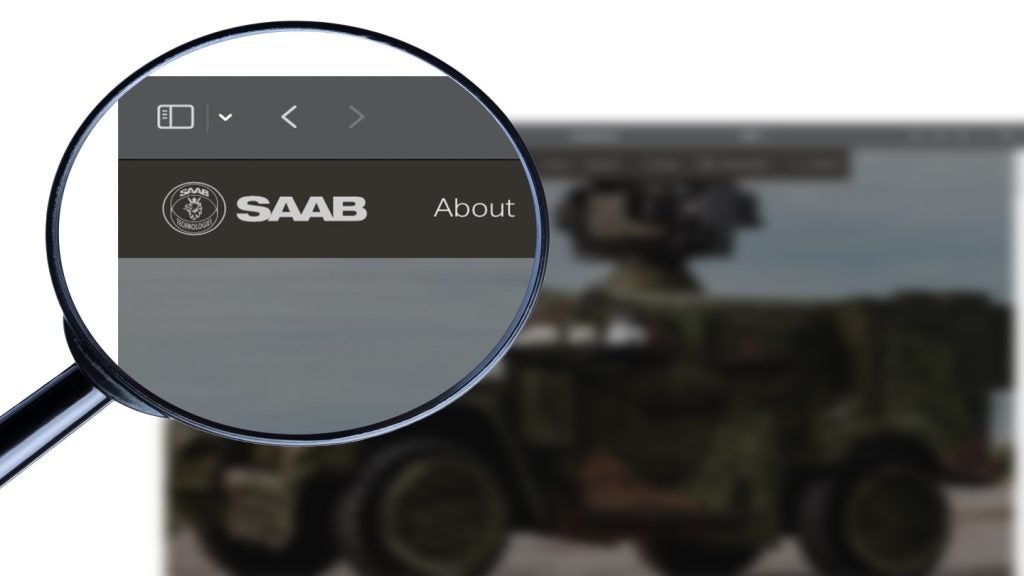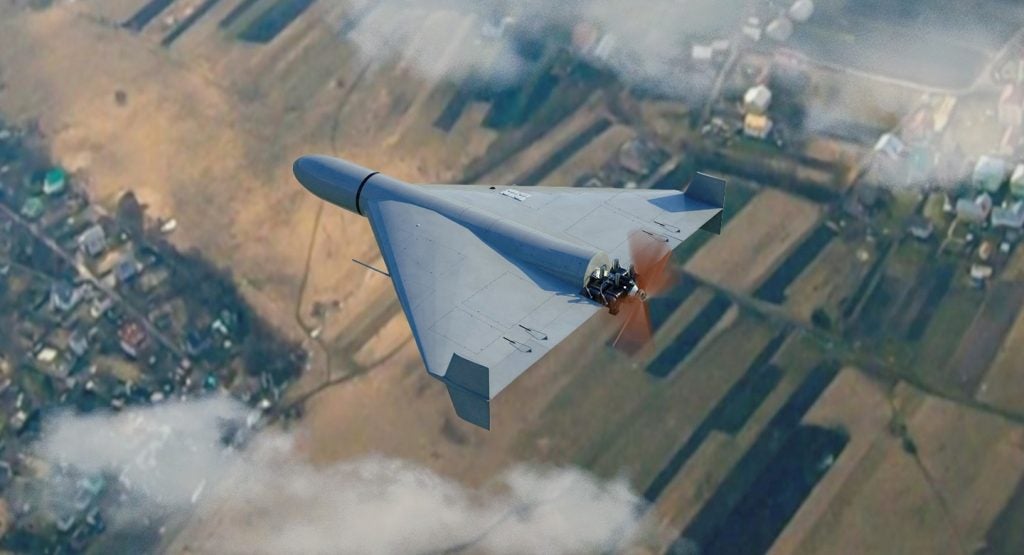
The US, Russia, and China are all testing hypersonic technology, generating fears of escalating global competition for weaponry that has the potential to render current defences inadequate.
For the past five years, MBDA has been working on options for counter-hypersonic air defence.
The counter-hypersonic solutions project is named the “Aquilia”. MBDA, Europe’s biggest defence systems supplier, has built on its Aster anti-missile interceptor – a surface-to-air missile designed to intercept destroy a range of air threats.
In March 2023, MBDA was invited with its partners to tender for a concept architecture and technology maturation study of an endo-atmospheric interceptor against the new high end emerging threats.
HYDIS² is the HYpersonic Defence Interceptor Study proposed by MBDA with a consortium bringing together 19 partners and more than 30 subcontractors across 14 European countries.
The consortium includes defence groups, institutions, small-to-medium sized enterprises (SMEs), mid-caps and universities, all with strong, recognised expertise in the key technologies and areas needed for the purpose of the study of such a new interceptor.
“This project will… [reinforce] the sovereign missile systems industry in Europe, by sustaining and developing critical expertise, technologies and materials; thus boosting European industrial competitiveness.
“The technologies in the hypersonic domain are evolving, and it is a priority for MBDA to remain at the forefront of innovation, guiding Europe towards the most efficient solution to counter hypersonic threats,” the CEO of MBDA, Eric Béranger, stated.
Counter measures
The objective of HYDIS² is to design various interceptor concepts and mature the associated critical technologies to deliver the interception solution that fulfils the four member states needs – France, Italy, Germany and the Netherlands – and copes with the European TWISTER capability programme.
The TWISTER, or the Timely Warning and Interception with Space-based Theater surveillance, is an EU interceptor programme. It aims to provide European actors with the ability to better detect, track and counter threats, including potentially hypersonic threats.
This is a central element of the contribution of European states to the mission of defence of populations and armed forces, in particular against the emerging hypersonic threats that constitute a radical change from ballistic ones.
Similarly, the American defence prime, Northrop Grumman, is also working on contracts to develop counter-hypersonic technology; including detection, tracking, and interception.
In November 2021, the Missile Defense Agency chose Lockheed Martin, Northrop Grumman, and Raytheon to design the Glide Phase Interceptor (GPI) for regional hypersonic missile defence.
The company was also chosen to develop the GPI by the MDA in November 2021.
The problem of hypersonic threats
In GlobalData’s report on Hypersonic Technologies (2022), we find that the key advantage of hypersonic technology is its speed.
The high speed of hypersonic weapons will provide states with the ability to strike moving targets and act rapidly in developing situations. The ability of new weapons to travel at hypersonic speeds – that is, five times the speed of sound (or Mach 5) – will significantly reduce warning times and reduce the effectiveness of missile countermeasures.
In combination with these extreme speeds, hypersonic cruise missiles and hypersonic glide vehicle weapons can manoeuvre, making potential interdiction even more challenging.








